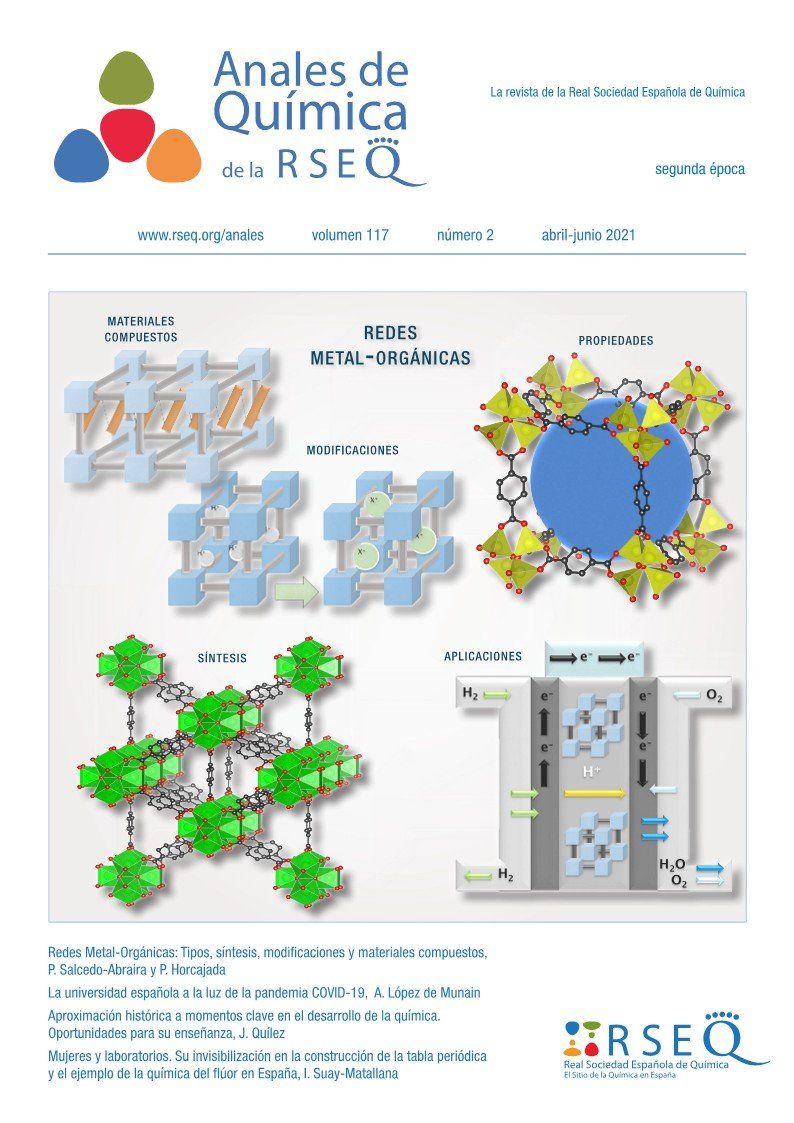Abstract
: Instrumental analytical procedures for quantitative analysis usually use the proportionality between the concentration of a substance and an analytical signal. This generally involves constructing a calibration curve optimizing the factors that can influence the signal so that, from the signal of the analyzed substance, its concentration can be determined by interpolation of the calibration line. This article shows an experience that applies the calibration method to the determination of acetic acid with cheap reagents and instruments available in school laboratories to practice this working method in high school courses.


